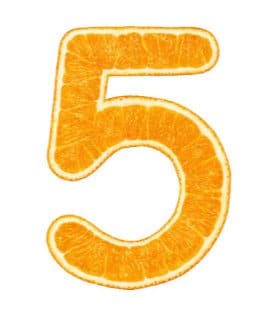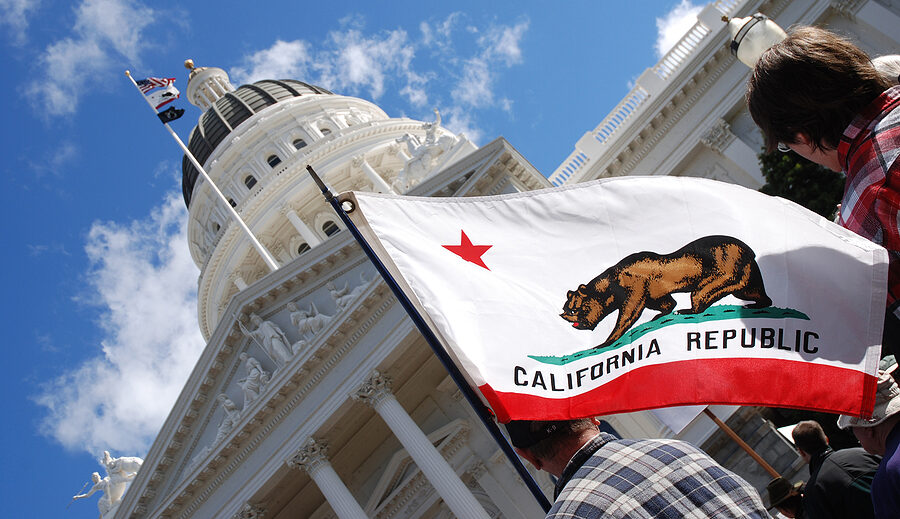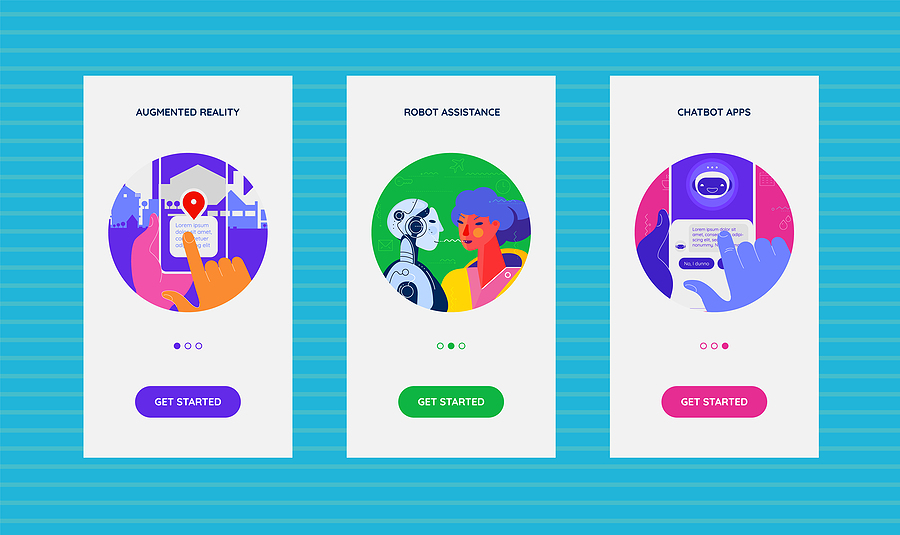
Five on Friday: Gaming, Third-Party Food Delivery and Apple News
Featuring Variety, Netflix, The Spoon, Recode and eMarketer
HELLO!
This premium article is exclusively reserved for Subscription Insider PRO members.
Want access to premium member-only content like this article? Plus, conference discounts and other benefits? We deliver the information you need, for improved decision-making, skills, and subscription business profitability. Check out these membership options!
Learn more about Subscription Insider PRO memberships!
Already a Subscription Insider PRO Member?
Please Log-In Here!

Dana E. Neuts
Dana Neuts is Subscription Insider's Editorial Director, covering our daily subscription news as well as member features, case studies, premium content, and reports. Dana is also a writer, editor, marketer and communications professional. Her work has appeared in AARP Bulletin, The Seattle Times, Seattle Business, 425 Business, 425 Magazine, South Sound Magazine, Northwest Travel and more. Her specialties include business writing, community news, senior issues, travel and, of course, subscriptions!
More Articles By Dana E. Neuts
Up Next
Register Now For Email Subscription News Updates!
Search this site
You May Be Interested in:
Smarter subscriptions start here! Join subscription leaders solving the industry’s most complex growth










